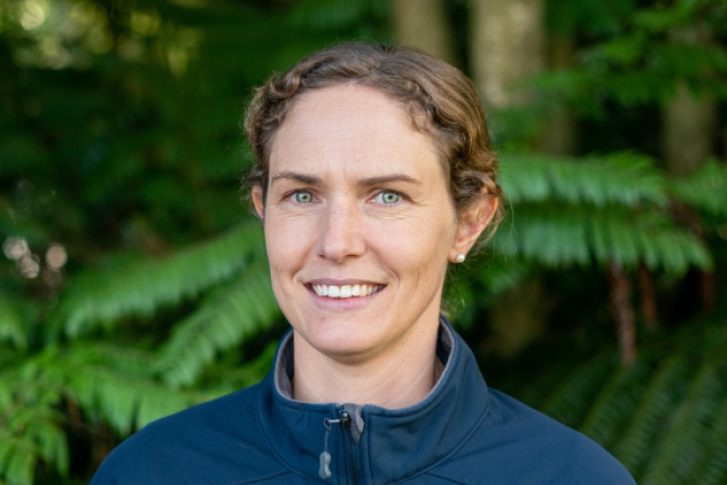A new study is doing a deep dive into whether mussel farms could help reduce nitrogen in New Zealand waters.
Led by NIWA for the Waikato Regional Council, the impact of mussel farms on nitrogen removal, or denitrification, will be studied on the seabed of Manaia Harbour in the Inner Hauraki Gulf.
Project lead and NIWA marine ecologist Dr Emily Douglas says this work will help us to understand the role of mussel farms in the nitrogen cycle.
“Nitrogen is an essential nutrient for plants and animals, but if there is too much then it becomes a pollutant, causing algal blooms that starve the water of oxygen.
“This is where mussel farms could help. Farmed mussels grow on dropper lines, but some detach and fall to the seafloor where they will continue to grow and feed, just like a natural mussel bed. Denitrification is carried out by bacteria living in marine sediments and restored mussel beds have been shown to enhance this important process. We are investigating whether drop-off mussels from farms can similarly increase nitrogen removal,” said Dr Douglas.
NIWA’s study analysed water samples from incubation chambers placed on the seabed below mussel farms – deployed at two sites where live drop-off mussels were present and two sites without drop-off mussels.
These samples will then be analysed to compare nitrogen removal rates and oxygen concentration between the two sites, giving scientists an insight into the health and functioning of these habitats.
“There has been a lot of research on the effects of mussel farms on the seafloor habitat, but this will be the first study to compare nitrogen removal on the seafloor inside and outside mussel farms in the Hauraki Gulf. By understanding the way mussel farms impact the nitrogen cycle, we can inform councils on better management decisions for our marine environment, such as the location of mussel farms and restoration of mussel beds,” said Dr Douglas.
A second field trip is planned for later in year, so samples can be collected in Spring for a seasonal comparison. The full data will be ready by the end of the year.

